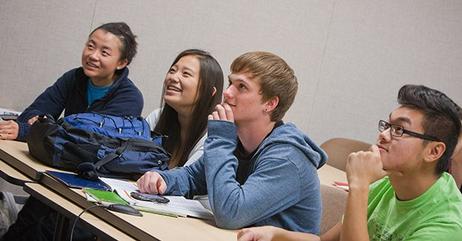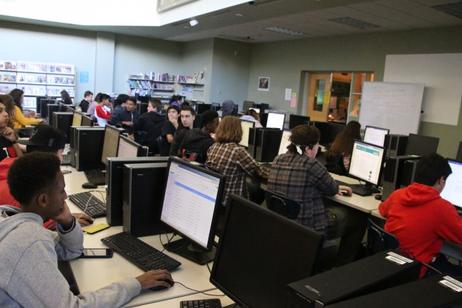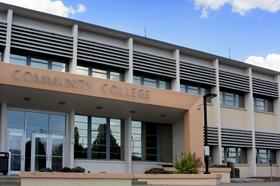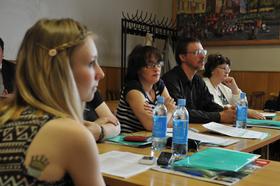While it is essential to track the progress and effectiveness of higher education in this country, current standards that apply across the board to both two and four-year institutions do not paint a complete picture of the state of postsecondary education today. There are significant differences between four-year universities and two-year community colleges that are not addressed in the standards as they are currently written. In most cases, current assessment standards do community colleges an injustice, providing an inaccurate view of how well these schools educate their students.
The AACC and the VFA
The American Association of Community Colleges (AACC) is hoping to change the view of the community college system through a set of defined assessment standards designed just for them. According to the AACC website, the new Voluntary Framework of Accountability (VFA) is the first national accountability system created just for community colleges, considering their unique student demographics and purpose. The new metrics will initially be tested by 58 community colleges, according to a brief report in the Chronicle of Higher Education, with the hope that other schools will adopt the framework.
The VFA is a three-phase initiative encompassing many aspects of community college success or failure. When the framework is completed, it will include:
- A technical manual that will offer an overview of measurement calculations
- A college framework to guide schools in assessing student learning outcomes
- A blueprint of data collection to provide an assessment model to participating colleges
- Preliminary results of the






















